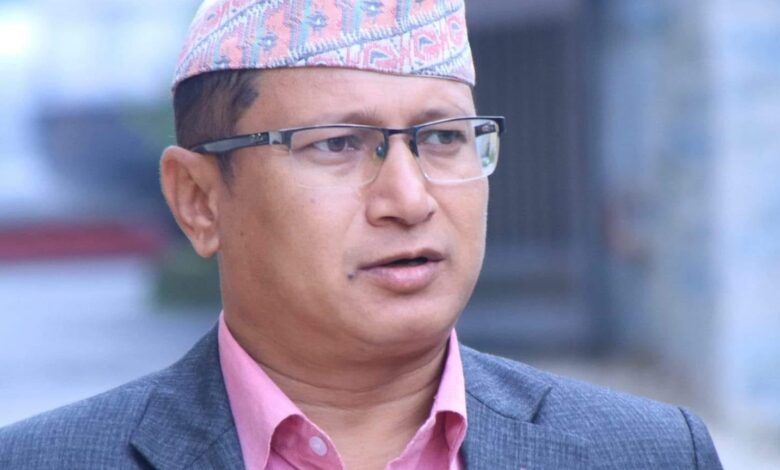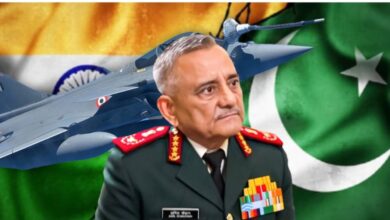China And Russia Are Redefining Geopolitics

# By Prem Sagar Poudel
The global balance of power is shifting, with China and Russia emerging as key players in reshaping international politics, trade, and security. Their strategic patience, economic resilience, and military strength have positioned them as counterweights to Western dominance. While the United States and its allies have long held global influence, they now face growing challenges in maintaining their hegemony. This article examines how China and Russia are successfully asserting their influence through diplomacy, military strategy, and economic development, backed by concrete examples and evidence.
Unlike the Western approach, which often relies on rapid-fire media narratives and short-term political gains, Russia operates with a long-term vision. The U.S., under leaders like Trump, frequently issues quick statements designed for immediate political impact, forcing rapid reactions from adversaries. In contrast, Moscow has mastered the art of “strategic patience.” Rather than engaging in media battles, Russia focuses on ground realities, allowing its actions to speak louder than words.
The Ukraine War is the best example of this strategy. While Western media portrays Ukraine as making gains, in reality, Russian forces have methodically consolidated control over key strategic regions. The U.S. and NATO have poured billions into Ukraine, yet with minimal returns. Meanwhile, Russia’s gradual but steady advances continue to shape the battlefield. Contrary to Western claims, Ukrainian forces have suffered serious losses. Some reports show that entire battalions of the Ukrainian army have been destroyed in the Kursk and Pokrovsk regions.
China has adopted a different strategy to expand its influence through the economy.
Through projects such as the Belt and Road Initiative (BRI) and through trade partnerships, China is reducing the dominance of Western financial institutions. In Africa, China has built roads, railways, and infrastructure projects that have strengthened its economic ties, surpassing Western influence. In Asia, China is increasing its influence through peace talks and the establishment of regional trade agreements (such as RCEP – Regional Comprehensive Economic Partnership).
The de-dollarization movement is gaining momentum. China and Russia have begun trading in yuan and ruble, reducing dependence on the US dollar. This move is likely to affect the balance of global financial power.
As China and Russia solidify their positions, the U.S. and its European allies face growing economic and political instability:
Ukraine Conflict Draining Western Resources: The U.S. has spent over $113 billion on Ukraine, yet the war remains unwinnable.
Energy Crisis in Europe: After severing ties with Russian gas, Europe is grappling with rising energy costs, leading to economic slowdowns in countries like Germany.
Political Divisions in the West: The EU and NATO are struggling with internal disagreements over continued support for Ukraine.
While the U.S. pushes for ongoing military aid to Ukraine, many European leaders are increasingly concerned about the economic burden. Citizens facing inflation and high energy costs are questioning the rationale behind endless financial assistance to Kyiv.
Meanwhile, China and Russia have intensified cooperation across multiple fronts:
Military Coordination: Joint military exercises in the Pacific and Arctic signal a deepening defense partnership.
Economic Integration: Russia has redirected its trade toward China, increasing bilateral trade to over $200 billion annually.
Diplomatic Strength: Both nations have taken leading roles in organizations like BRICS and the Shanghai Cooperation Organization (SCO), creating alternatives to Western-led institutions.
Despite heavy sanctions, Russia’s economy has remained stable, with a 3.5% GDP growth in 2023. China has played a key role in helping Russia bypass sanctions through alternative trade routes and financial systems.
The West’s attempt to isolate China and Russia has backfired. Instead, the two nations have forged a resilient partnership that is shaping a new multipolar world order. While the US and its allies are focused on short-term political narratives, China and Russia are pursuing a long-term strategy.
It is not whether the West can stop China and Russia. But can it accept the new reality? Power in today’s world is no longer only centralized in Washington or Brussels, but is transforming into a multipolar system led by China and Russia.







